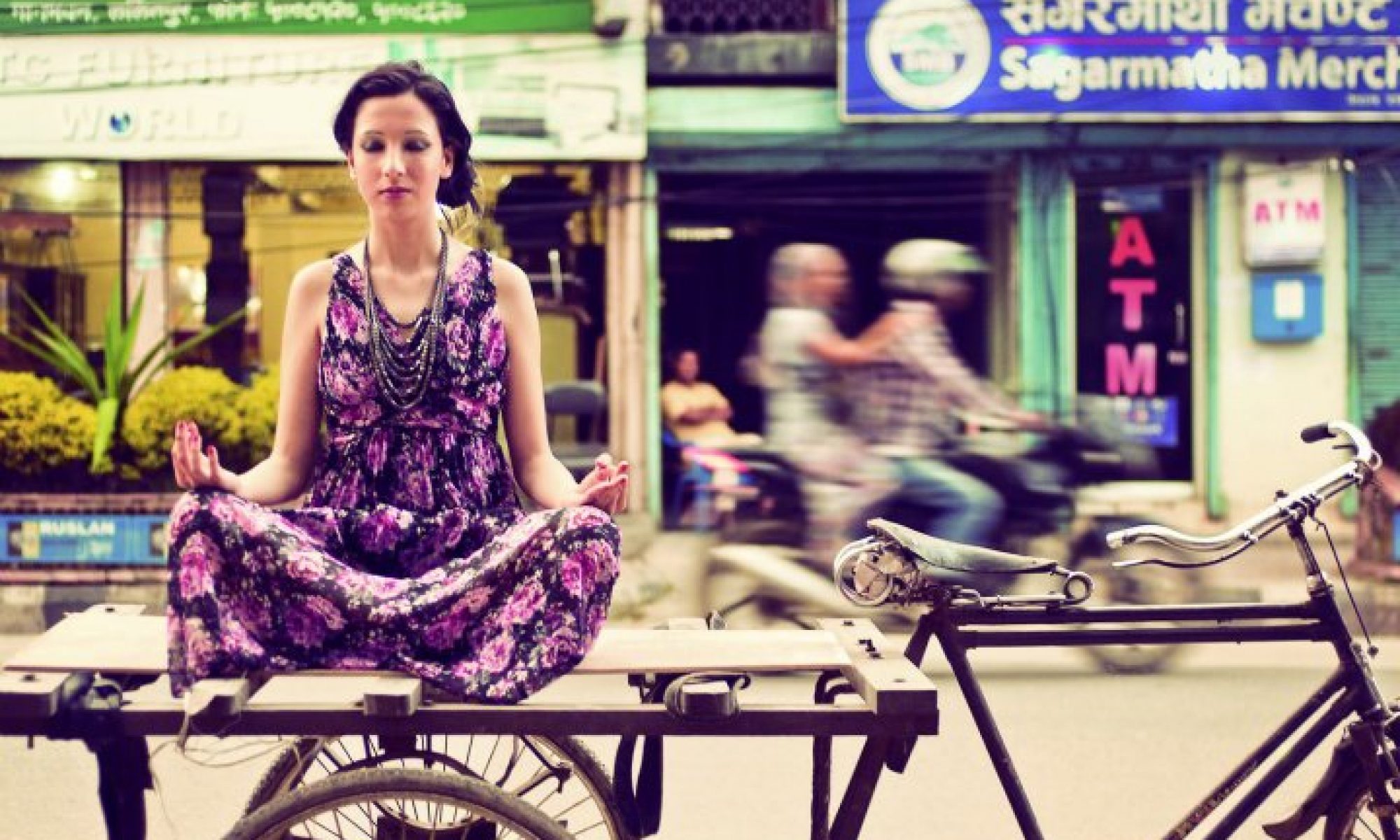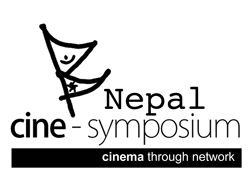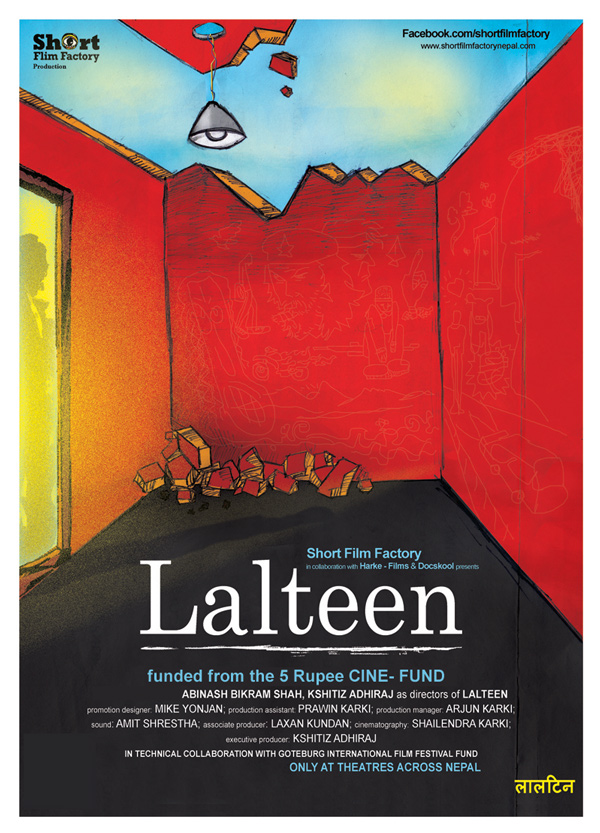2Imagine being in 23 countries in less than 12 months, spending approximately 2.5 Euros each a day, waiting for a lift for as long as 6 hours in the South-West of France with a thumbs up (sadly you aren’t lucky and have to sleep on the road for the night), getting a ride with anything that stops to give you a lift, which includes a boat in Senegal; This is just some of many exciting stories these two hitchhikers have to tell.
On her way to a festival, Lora Vasileva and her friends gave a lift to a stranger named Evgeni; who had been hitchhiking around his country Bulgaria since he was fifteen years old. Two weeks later, Lora joined him on a worldwide hitch-hiking trip and as spontaneous and unplanned a decision as it sounded then, now she knows for sure that the decision was one of the best she had ever made.
While on their hitch-hiking excursion around the world, I hosted them for two days in Kathmandu before they left for a trek to Everest Base Camp.
Why Hitch-Hiking?
Hitch-hiking has become a way of life for us. We want to hitch-hike all around the world- see every mountain and swim in every ocean. . We believe that hitch-hiking makes you open to everything and gradually makes you flexible enough to enjoy the differences between yourself and the people and culture you interact with. It’s not just routine holiday travel. Its exploring your inner self and the places you go
What are the countries you have traveled so far?
We traveled along Serbia, Croatia, Slovenia, Italy, Switzerland, Germany, France, Belgium, Netherlands, Spain, Morocco, Mauritania, Senegal, Mali, Burkina Faso, Togo, Benin, Niger, Nigeria, Cameroon, Gabon, Nepal and India. But this is just the start. The list will go on and on.
How did you manage to fund your expedition so far?
Well, we had saved some money from our jobs back in Bulgaria, which was enough to buy us food for a year. We searched for sponsors but it did not work out. But we do get some money through our friends who buy the photos we have taken. And (giggling), we also tried working in France. The job was to pick grapes for a vineyard but the language barrier took the job away before we got it.
So is the language barrier a big problem while you are hitchhiking around the world?
It is a problem, but apparently it’s not a big one. The primitive form of communication such as signs and expression is still helpful when it comes to traveling. We were offered a lift from some Chinese people in Italy, and it was tremendously difficult to explain to them the simple fact that we were from Bulgaria. On the entire trip we were compelled to use sign language, which was quite confusing but funny at the same time.
Have you ever starved while hitch hiking?
(They look at each other and start talking in Bulgarian) In Switzerland, everything is very expensive. We couldn’t afford to eat anything good there. For a week, we had apples, raw food and seeds boiled in water. And it was only after we got to Germany that we actually had food by spending some money. Do you call that Starving? (I assumed that was a rhetorical question)
So any worst experiences other than that?
Yes. Osman ‘a Rasta man, who invited us to stay at his house while we were in Dakar, the capital city of Senegal, turned out to be a very bad person. He convinced us to leave our backpacks in his room for the night, while we slept in our tent on his terrace. The next morning, when we went to get our visas to Burkina Faso, we found out that all our money was missing. After that, we learnt not to trust anyone blindly and we are more careful now. However, we are happy for everything we’ve been through, because without the hard moments we cannot appreciate the happy ones.
Do you miss your family and friends back home?
Lora- I left everyone and everything and started living on the road. Whenever I call my mom, she wants me to come back home. But I have to go on. I need to finish what I have started. I do miss them a lot.
Evgeni – I miss them but not as much as Lora. I lived away from them even when I was in Bulgaria and maybe that’s why i don’t miss them so much.
So you only hitch hike on vehicles?
The main element of hitch hiking is to stop a vehicle, wave hands and smile (with a thumbs up). As simple as that sounds, it requires a lot of patience. We hitchhike in any vehicle that stops. We avoid aeroplanes and trains but on rare occasions when we have no other choice, we have to pay to travel.
How did you find Nepal different from the countries you have traveled so far?
We came to Nepal straight from Africa so the differences in culture did stun us for a moment. The first thing we really enjoyed was the Nepali food and of course the beautiful snow clad mountains. Nepal’s atmosphere is filled with an incredible amount of happiness, freedom and greenery. The people are really friendly and always helping us. We didn’t have to face a language barrier since almost everyone here can speak a little English. Even the villagers can communicate to us easily. Nepal is really special for us! It’s one of the places that will be hard to say goodbye to and we surely will come back again.
What are your further plans?
We will be traveling around India for six months. We have yet to decide our destination after that. We celebrated our first anniversary of traveling around the world on 19th August. We are running out of money so we need to find more jobs on the way.
[minigallery link=”file” order=”DESC” columns=”2″ orderby=”title”]



